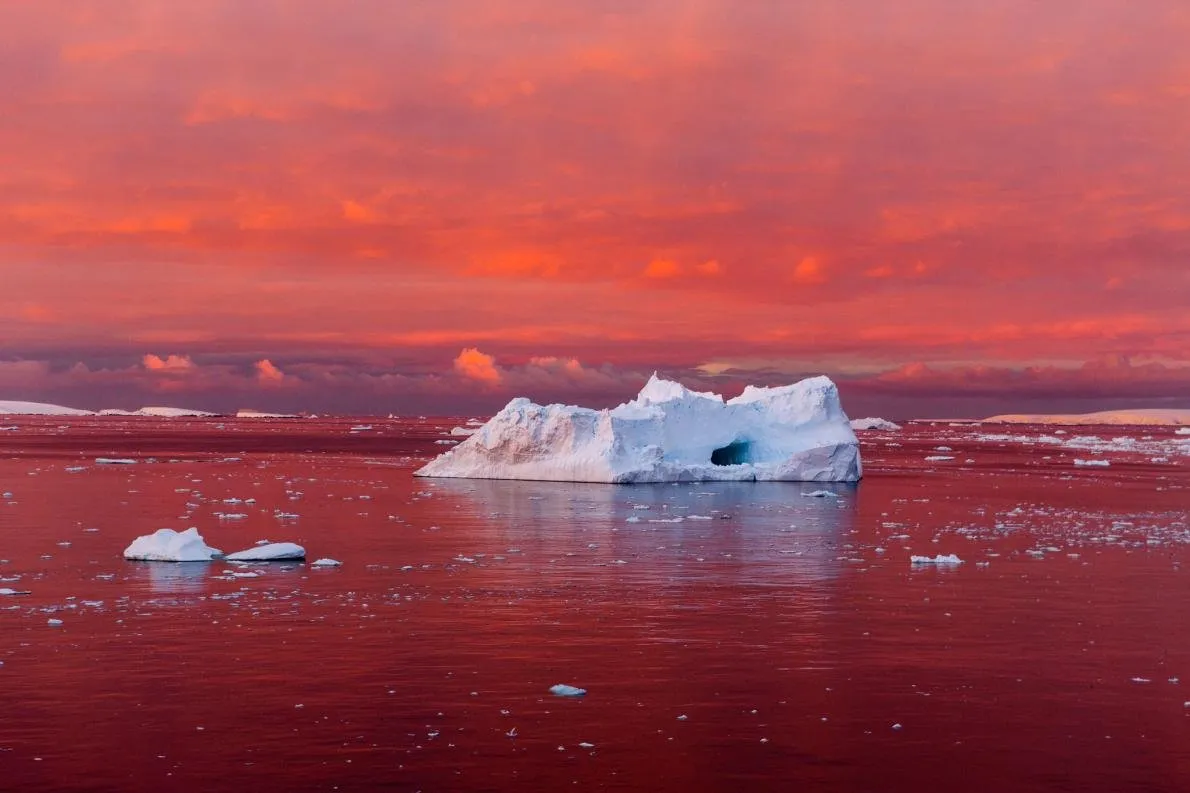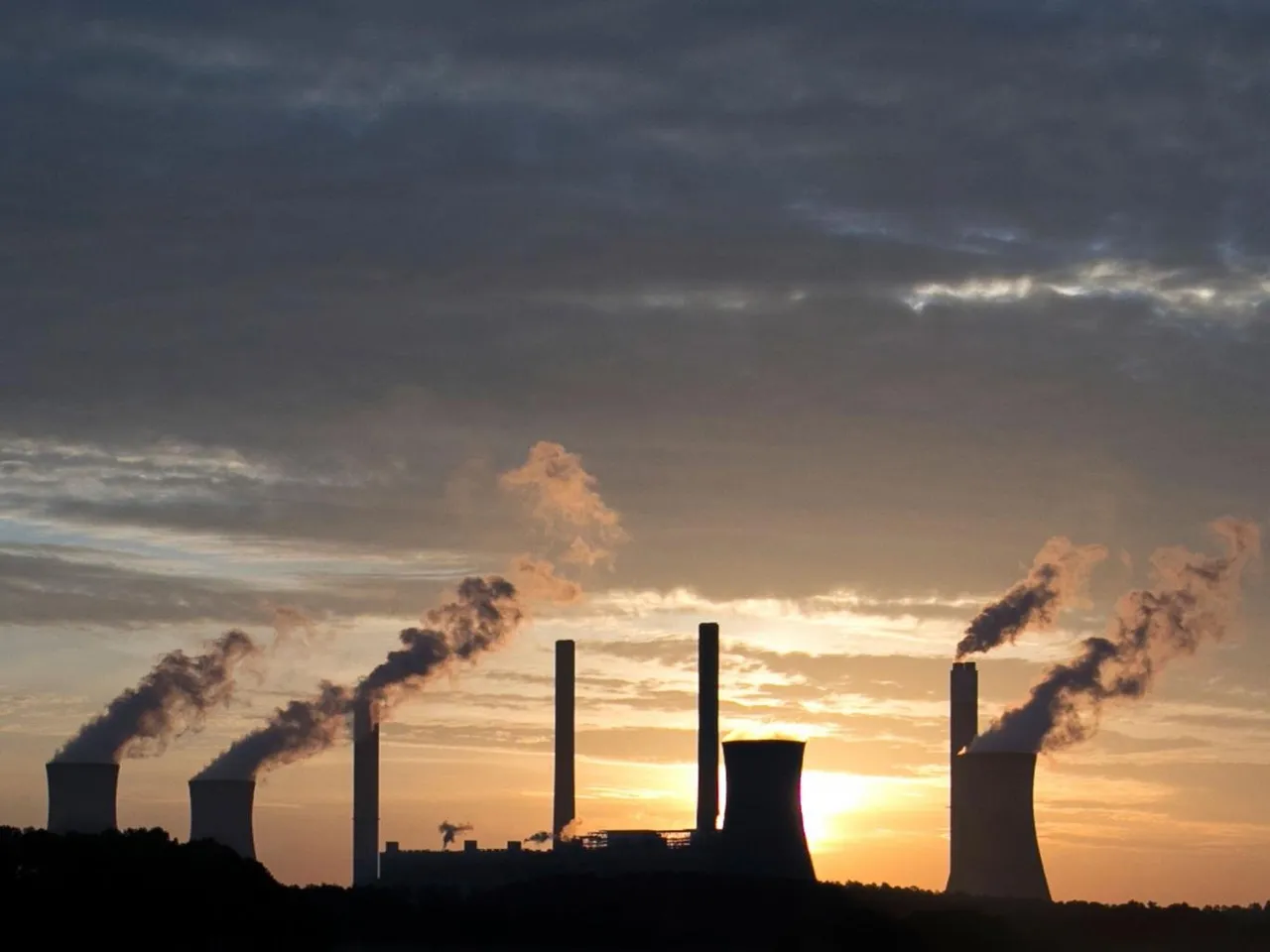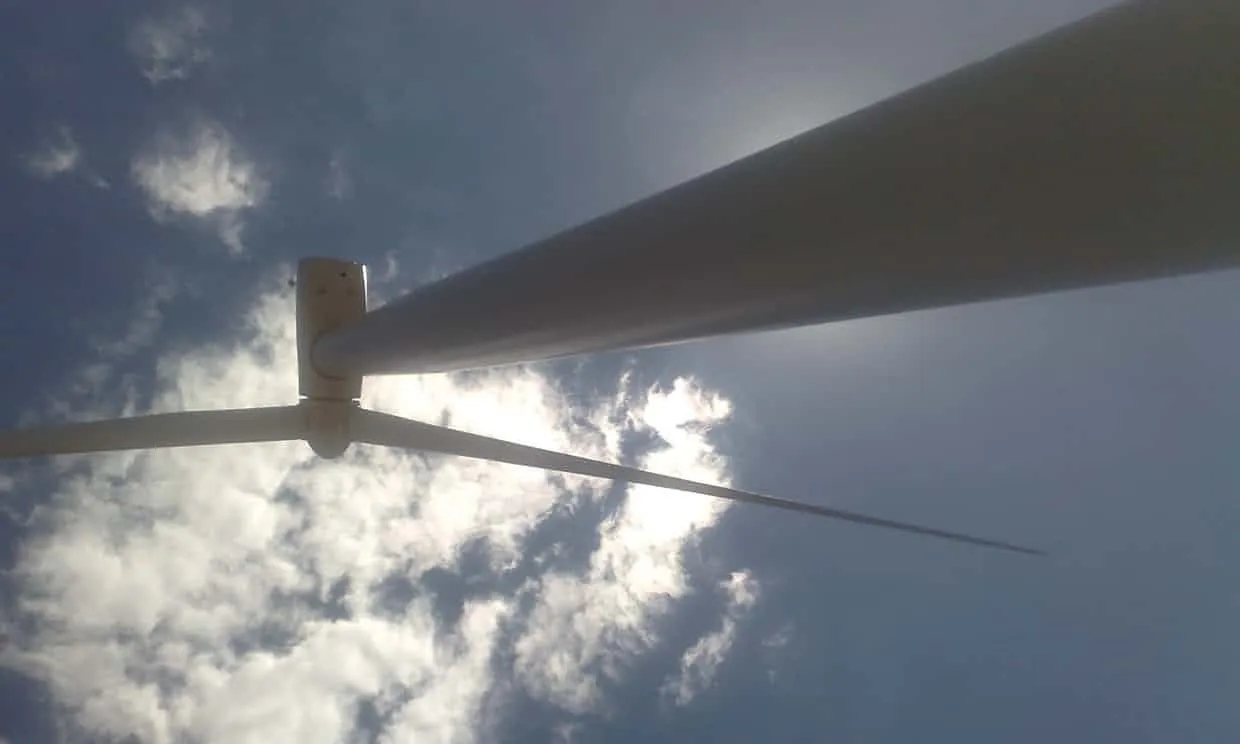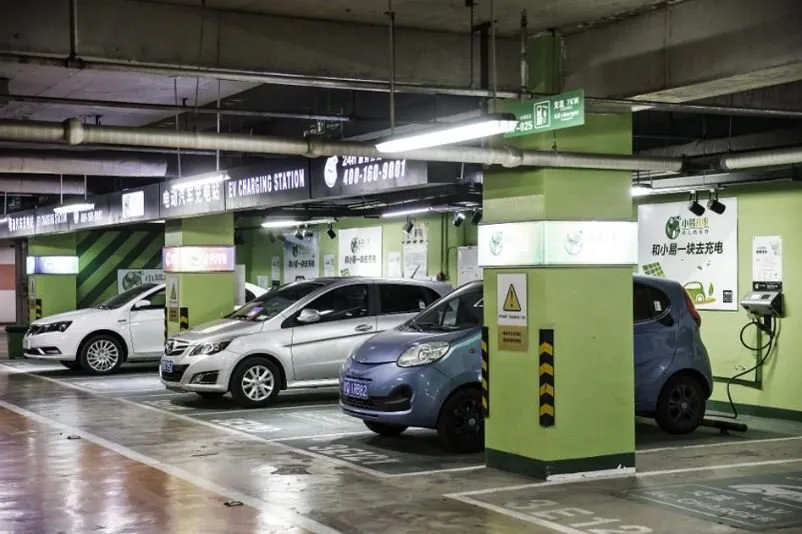CrowdifyClub Category: Environment and Cleantech
(Tip: To open the tweet in a new window 'Right-Click' the 'Tweet This Story' text and 'Open link in new tab')
Antarctica Is Melting, and Giant Ice Cracks Are Just the Start

The Pine Island Ice Shelf is the floating terminus of the Pine Island Glacier, one of several large glaciers that empty into the Amundsen Sea. Together they drain a much larger dome of ice called the West Antarctic Ice Sheet, which is up to two and a half miles thick and covers an area twice the size of Texas. The ice sheet is draped over a series of islands, but most of it rests on the floor of a basin that dips more than 5,000 feet below sea level. That makes it especially vulnerable to the warming ocean. If all that vulnerable ice were to become unmoored, break into pieces, and float away, as researchers increasingly believe it might, it would raise sea level by roughly 10 feet, drowning coasts around the world.
The ice sheet is held back only by its fringing ice shelves—and those floating dams, braced against isolated mountains and ridges of rock around the edges of the basin, are starting to fail. They themselves don’t add much to sea level, because they’re already floating in the water. But as they weaken, the glaciers behind them flow faster to the sea, and their edges retreat. That’s happening now all around the Amundsen Sea. The Pine Island Ice Shelf, about 1,300 feet thick over most of its area, is a dramatic case: It thinned by an average of 150 feet from 1994 to 2012. But even more worrisome is the neighboring Thwaites Glacier, which could destabilize most of the West Antarctic Ice Sheet if it collapsed.
Full story at http://on.natgeo.com/2sjv4Oe
Source: National Geographic
What’s Killing the Yellow River?

Rapid development is fueling China’s rise. The cost may be one of the country’s most vital natural resources.
When we look at a landscape, we tend to think of it as a static space. But it’s always changing. This is especially true on the North China Plain. From imperial times to the Maoist period to the recent reform phase, humans have tried to control the environment. The landscape retains traces of this struggle, making it a register of the past.
The first part of this ongoing project looked at China’s coal industry and the effect it’s had on the country. Since 2011 I’ve been working on the second part: following the Yellow River across northern China, documenting the roles that economic, political, and environmental policies play in this ever evolving story.
A sizable portion of China’s population and heavy industry—and about 40 percent of its farmland—are on the North China Plain. Yet the region has less than 10 percent of the country’s water. The control of water is a key part of governance; policy has a real impact on Chinese land and lives, but due to the country’s size, what happens here will have consequences globally as well.
Full story at http://on.natgeo.com/2uIejOr
Source: National Geographic
World has three years to prevent dangerous climate change, warn experts

The world has three years to start making significant reductions in greenhouse gas emissions or face the prospect of dangerous global warming, experts have warned in an article in the prestigious journal Nature.
Calling for world leaders to be guided by the scientific evidence rather than “hide their heads in the sand”, they said “entire ecosystems” were already beginning to collapse, summer sea ice was disappearing in the Arctic and coral reefs were dying from the heat.
The world could emit enough carbon to bust the Paris Agreementtarget of between 1.5 to 2 degrees Celsius in anything from four to 26 years if current levels continue, the article said.
Global emissions had been rising rapidly but have plateaued in recent years. The experts, led by Christiana Figueres, who as Executive Secretary of the United Nations Framework Convention on Climate Change played a key role in the Paris Agreement, said they must start to fall rapidly from 2020 at the latest.
Full story at http://ind.pn/2tvJUVL
Source: Independent
University of Helsinki helps Beijing go clean

The University of Helsinki and the Beijing University of Chemical Technology (BUCT) have concluded a cooperation agreement to build a SMEAR station in Beijing.
According to the University of Helsinki, the contract includes a significant sum of funding from China. The agreement was concluded in conjunction with Finnish Prime Minister Juha Sipilä’s trip to China.
The University of Helsinki previously built a similar station in Nanjing. A research group, led by professor Markku Kulmala, seeks to construct a global network of SMEAR (Station for Measuring Ecosystem Atmosphere Relations) superstations. The stations are field laboratories, measuring matter and energy flows between the atmosphere, soil and vegetation.
The first station was built in Finland in 1991. In addition to China and Finland, there are SMEAR stations currently under construction in Russia and Estonia.
Full story at http://bit.ly/2udncSO
Source: Good News from Finland
Most Australians want renewables to be primary energy source, survey finds

The vast majority of Australians want to see the country dramatically increase the use of renewable energy, a new survey has found, despite attempts by the federal government to characterise renewables as unreliable and expensive.
The Climate Institute’s national Climate of the Nation survey, published on Tuesday, pointed to frustration with the government’s inaction and lack of leadership on clean energy.
Of 2,660 respondents from across Australia, 71% agreed that climate change was occurring, continuing a trend established in the survey through 2014 and 2015. Two-thirds said they were highly concerned by its impacts, while 57% accepted that human activity was the main cause.
Ninety-six percent of respondents said they wanted the country’s primary energy source to be renewable, with support from either storage technologies (58%) or fossil fuels (38%). The phaseout of coal and replacement with clean energy received support from 59%, with 72% of those in favour calling on the government to drive the transition.
Full story at http://bit.ly/2sjotDg
Source: The Guardian
See How This Clean Tech Start Up Plans To Turn Electric Vehicles Into Virtual Power Plants

According to 2016 research from Bloomberg New Energy Finance, electric vehicle (EV) sales will be close to 41 million by 2040 globally. The research also estimates that the EV growth will means that a quarter of the cars on the road by 2040 will be EV and by that date, those cars are expected to use 2,700TWh of electricity displacing 13 million barrels crude oil per day.
Nuvve, a clean tech start up in San Diego, has launched a pilot project with University of California San Diego (UC San Diego) to use idle electric vehicles as a collective energy storage reservoir. This will allow parked EV's to feed their energy back into the grid and be redeployed as needed by utility or grid companies. The total cost of the pilot is estimated at $7.9 million.
The company develops bi-directional electric vehicle charging technology which can draw electricity from electric vehicles plugged into charging stations and distribute that energy when needed. With the funding in place, the company says it will now install its vehicle-to-grid (V2G) charging system in 50 new electric vehicle chargers at UC San Diego which has its own micro-grid. The company recently won a $4.2 million grant from the California Energy Commission and says its partners, Nissan, Mitsubishi and Hitachi are funding the remaining and $3.5 million. San Diego Gas & Electric is providing the technical services and resources to implement the technology on the campus.
"Bi-directional charging and discharging of over 1.5 million electric vehicles in California by 2020 has the potential to significantly balance in real time the grid’s supply-demand imbalance associated with variable renewable energy generation. Instead of paying Arizona to take California’s surplus renewable energy generation, we should have flexible charging for EV’s under an EV Happy Hour Tariff," said Byron Washom, UCSD Director of Strategic Energy Initiatives.
Full story at http://bit.ly/2tprmq3
Source: Forbes
Prepared by @SydesJokes
Original post from: http://Blog.CrowdifyClub.com/
Register for your FREE CrowdifyClub account.
Check the "Crowdify CleanTech"Facebook Group: https://www.facebook.com/groups/108785324695/